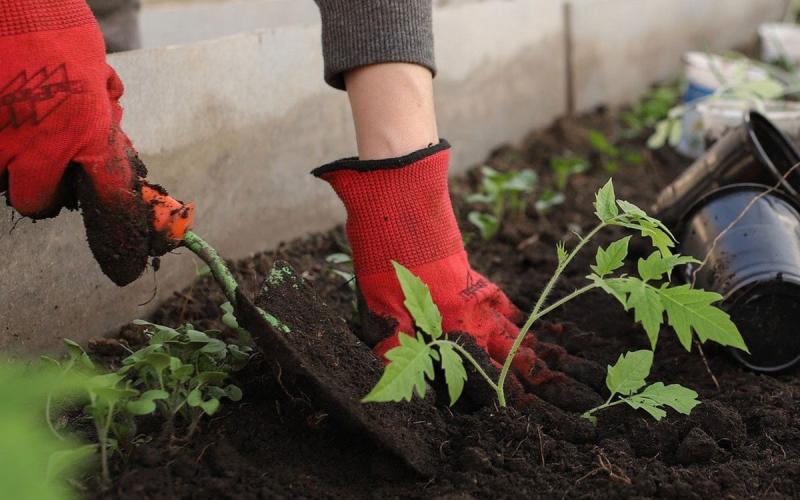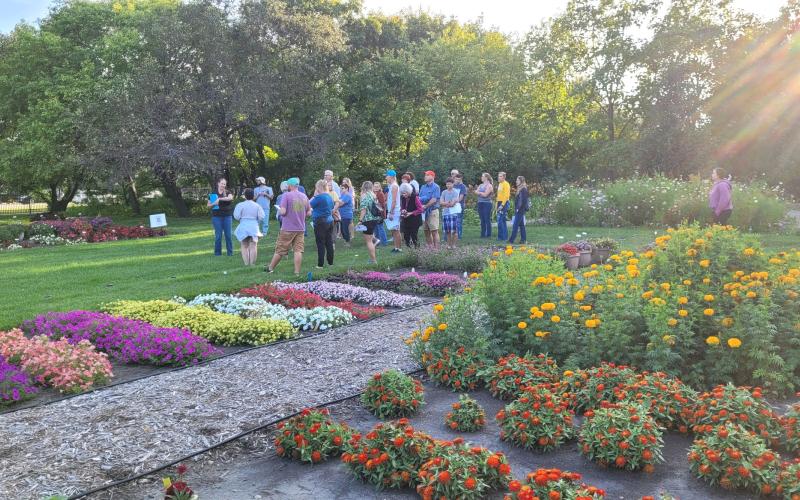
Aphids are appearing on many trees at this time of year and their activity is generally noticed by the abundance of honeydew they excrete on the lower leaves and any plants or objects beneath the tree. I usually get calls about now from tree owners concerned about their weeping tree and what they are referring to is the sticky liquid that is covering anything beneath the tree. Walnuts seem to be particularly attractive to aphids and this is one of the most common hosts that I receive questions about. The aphid population is usually not high enough on a mature walnut to do much harm and the problem is just an annoyance to have to clear the honeydew from car windshield and patio furniture.
Woolly Elm Aphid

Another aphid I receive calls about at this time of year is the woolly elm aphid. The feeding by the nymphs and adult aphids causes the young leaves to swell and curl around the colony. The aphids usually do not harm the tree and the only problem is the honeydew that rains down on objects beneath the tree. Since the aphids are living in a curled leaf, most insecticides are ineffective as they work on contact and none of the pesticide contacts them. The best control is through the use of systemic insecticides such as imidacloprid that are applied as a soil drench and kill the insects as they feed on the sap. These insecticides must be put on the tree before the problem is noticed as it can take up to 30 days before they begin working.
Poplar Vagabond Aphid

I received a picture of the gall formed by the poplar vagabond aphid. This aphid overwinters as eggs that hatch as the shoots are expanding. The leaves at the tips are the feeding site for the nymphs and as they suck the sap from this foliage the leaves turn reddish and become deformed. This deformed leaves are hollow and form the gall as seen in the picture. The adult aphids are leaving these galls now and flying off to their other host, grasses, where they feed on the roots. Another generation of aphids develops there and the new adults return to lay eggs on the poplars in the autumn. The galls are common on cottonwoods and quaking aspens. They do not harm the tree and once you see the galls it is too late for any control.


